Achieving a high mobile conversion rate is essential for e-commerce success today, with over 60% of online traffic now happening on mobile devices. Yet mobile brings unique UX challenges that can hinder conversions.
In this comprehensive guide, you’ll discover key strategies to optimize your mobile site and app experiences to maximize conversion rates.
Key Takeaways:
- Optimize for mobile first – simplify navigation, minimize clicks, and highlight calls-to-action
- Personalize recommendations to match individual user behavior and intent
- Use trust signals like security badges and easy returns to reduce buying friction
- Enable one-click payments and guest checkouts to streamline purchasing
- Employ cross-selling and post-purchase offers to increase order values
Now, let’s explore these tips and more to unlock the secrets of mobile conversion!
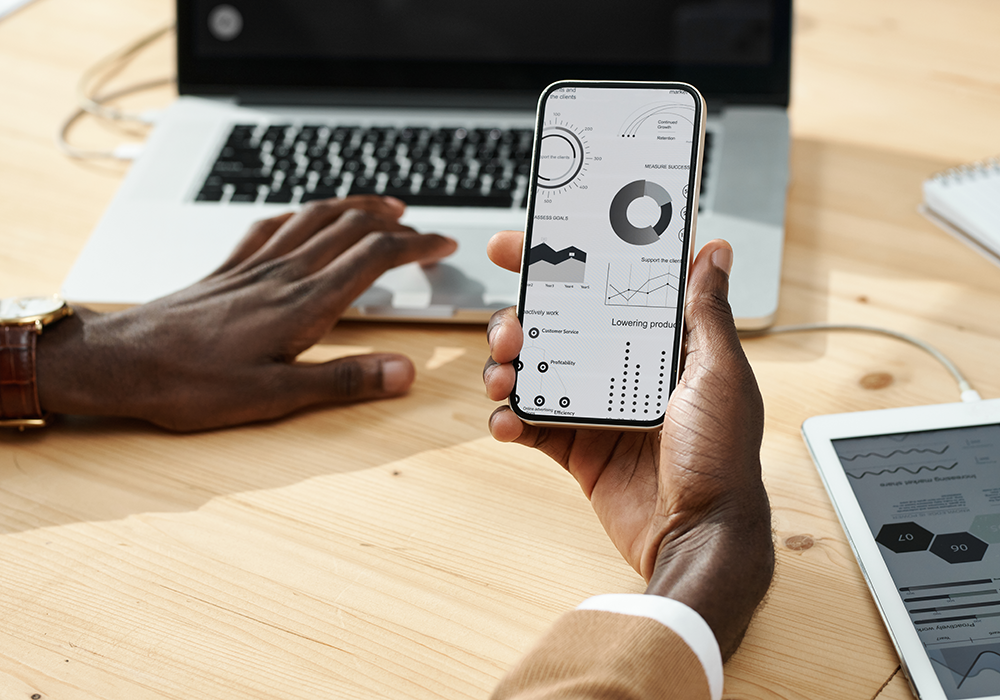
Top Secrets of Mobile Conversion Rates
1. Optimize Site Navigation for Mobile Users
A cluttered site that’s difficult to navigate on a small screen is a surefire way to lose mobile conversions. Be ruthless in simplifying menus and minimizing clicks to reach products.
Tips for improving mobile navigation:
- Feature persistent search and cart icons – don’t hide essential elements behind hamburger menus
- Use category-first navigation optimized for tapping on touchscreens
- Reduce overall nav options to seven categories
- Highlight top-level pages/categories most important for conversion
- Enable swipe gestures for category browsing
With improved navigation, shoppers can easily find and evaluate products on their mobile devices – the first step to converting them to buyers.
2. Personalize the Mobile Experience
An impersonal, generic site sends the signal you don’t know or value your customers. Personalization helps mobile sites feel relevant and welcoming.
Personalization approaches that work:
- Display user names prominently after login/account creation
- Show product/content recommendations based on past site behavior
- Allow wishlist creation for logged-in users
- Enable preference centers to pick email and push notification topics
- Use exit-intent popups to offer discounts based on items browsed
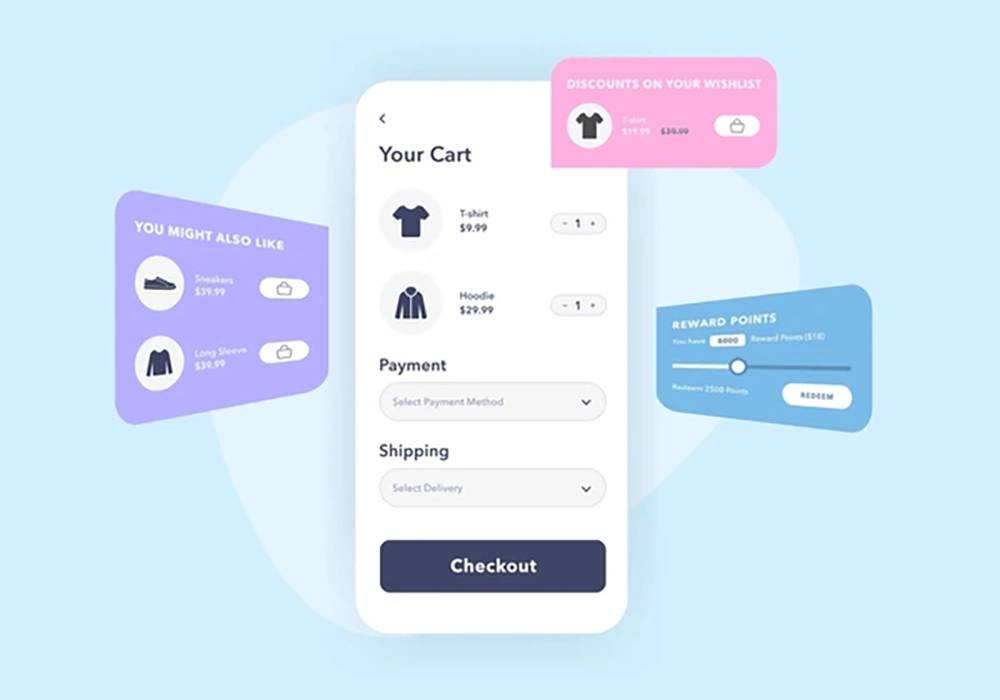
The more you can tailor content to individual interests on mobile, the better. Just be sure to respect privacy by allowing opt-outs.
Optimize Product Pages for Mobile
Product pages must distill the essential details needed to choose items on the small mobile screen. Any friction here causes abandonment.
Product page tips:
- Summarize key specs/features in short bullet points
- Use tabbed content sections to avoid endless scrolling
- Enlarge product images with pinch/zoom capabilities
- Produce short videos demonstrating the product
- Embed size charts and guides for easier access
- Link to related products and mobile-friendly content assets
Optimizing product information instills confidence to add the item to the cart. Onboarding tutorials and content similarly help mobile users learn your offerings.
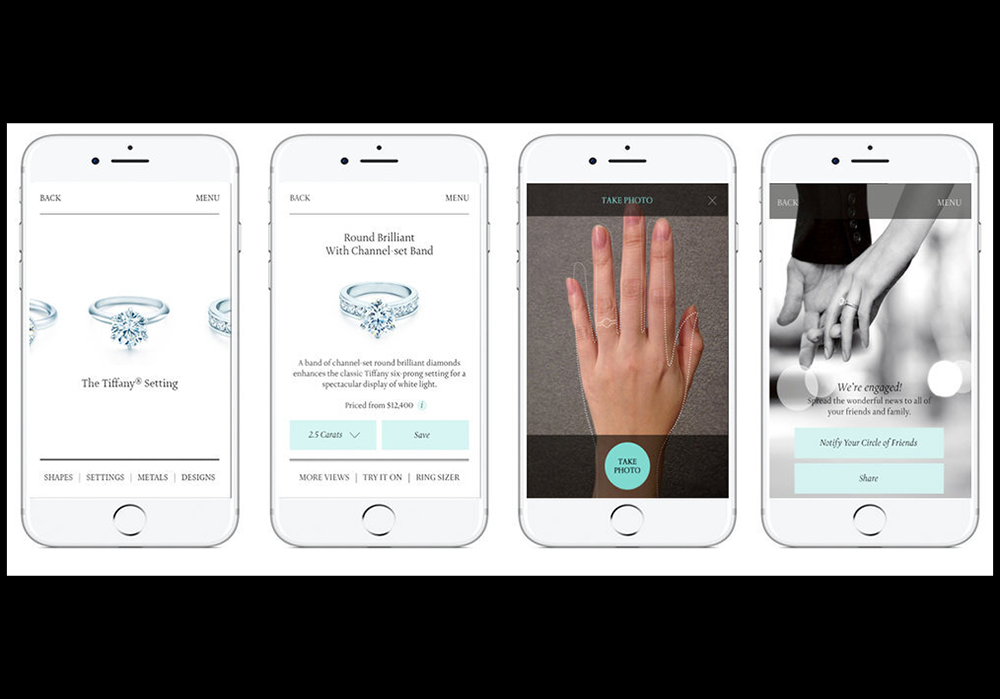
Use Trust Signals and Incentives to Encourage Purchase
Building digital trust is challenging without the tangible interaction of brick-and-mortar stores – and even more so on mobile apps and sites. Utilize trust elements prominently:
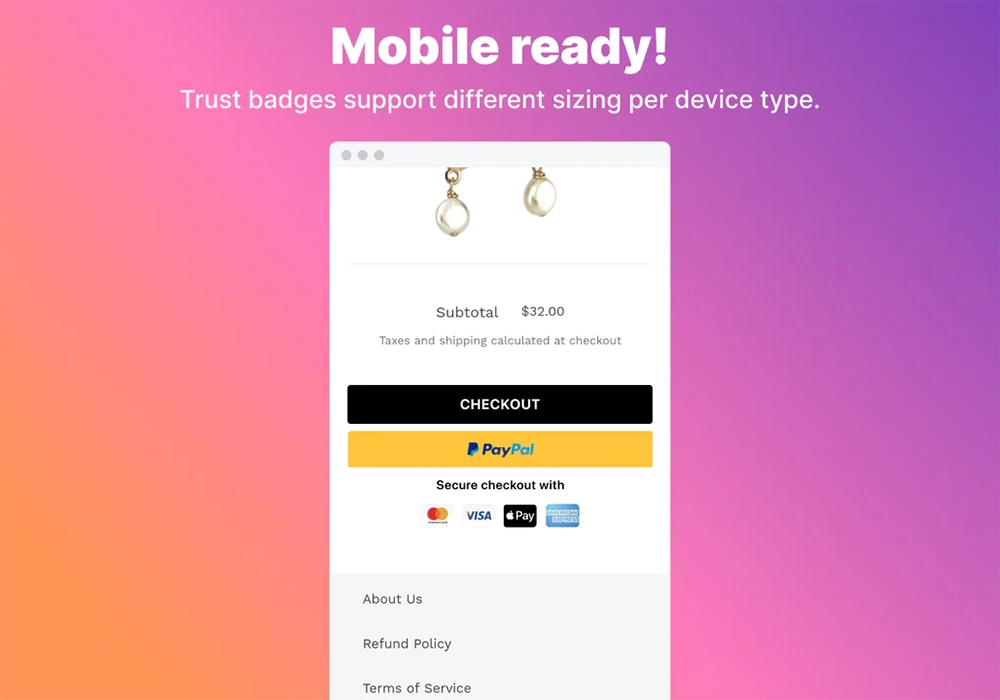
- Show security badges like Norton and SSL certifications
- Advertise free, easy returns with no questions asked
- Enable reviews from verified purchasers
- Be transparent about shipping times/methods
- Offer small incentives to complete the purchase
Reducing risk around purchases results in higher mobile conversion.
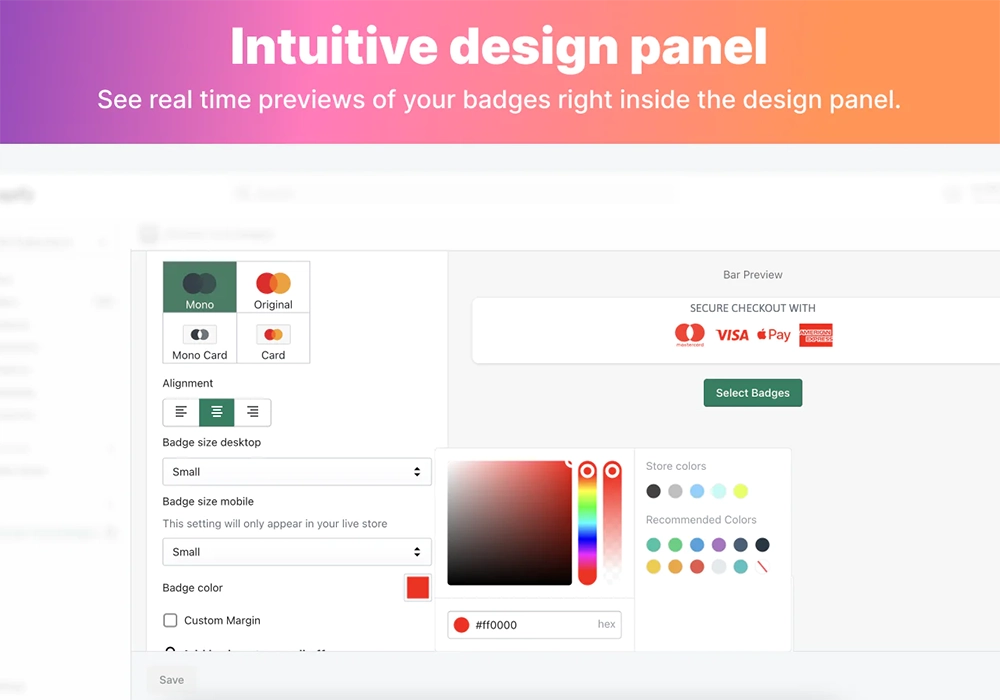
Streamline Mobile Checkout Process
The final and most critical stage is converting your mobile product page visitors into paying customers. Enable a frictionless on-the-go checkout process.
Check out tips to boost conversions:
- Feature prominent calls-to-action across the site to go to the cart
- Allow checkout as a guest or using social/Google logins
- Auto-fillFORMSwith previous purchase details
- Use dropdowns for date and address entries
- Highlight progress through multi-page checkout
- Offer multiple payment methods – card, digital wallet, PayPal
- Enable one-click payments via digital wallets/stored credentials
- Preserve cart state across sessions until the order is placed
With an easy path from browsing to buying, more mobile visitors will complete purchases.
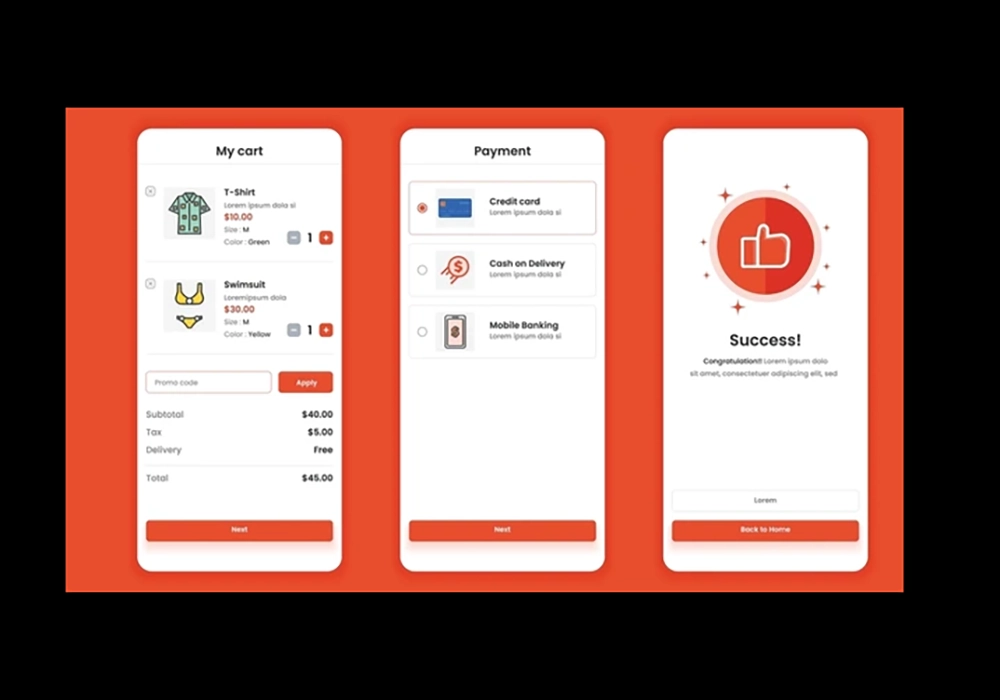
Employ Post-Purchase Upsells & Retargeting
The moments after a mobile purchase present prime opportunities to engage users and drive additional revenue. Some ideas:
- Show related products on a confirmation/thank you page
- Email cart abandoners to complete their purchase
- Give mobile shopping credit for the next purchase
- Remind buyers to leave a product review
- Target recent purchasers via ads for complimentary items
Keep mobile users engaged across the whole journey – not just to the sale but beyond it through ownership.
Track Mobile Analytics for Ongoing Optimization
Tying everything together, analytics gives the data you need to experiment and improve mobile experiences continually.
- Set up tracking for key mobile e-commerce metrics – traffic, bounce rates, page views, conversions, etc.
- Filter Data by source type (mobile web vs app), device, pages, campaigns, and more
- Identify problem areas losing conversions like product detail, cart, and checkout.
- A/B test improvements focusing on the most significant issues first
- Monitor mobile search queries to identify new content opportunities
Let data guide your ongoing optimization to unlock even better conversion rates.
FAQs
Do you still have questions about improving mobile conversions? Here are answers to frequent questions:
What are benchmarks for reasonable mobile conversion rates?
Average mobile conversion rates vary significantly by industry, but top-tier sites convert over 4%. Compare your rates to competitors to evaluate – anything at or above similar sites is solid.
Should I build a mobile app or just optimize my mobile site?
To maximize reach, start by getting the basics right on a responsive mobile site. Only invest in apps later once mobile web conversion is strong across user journeys.
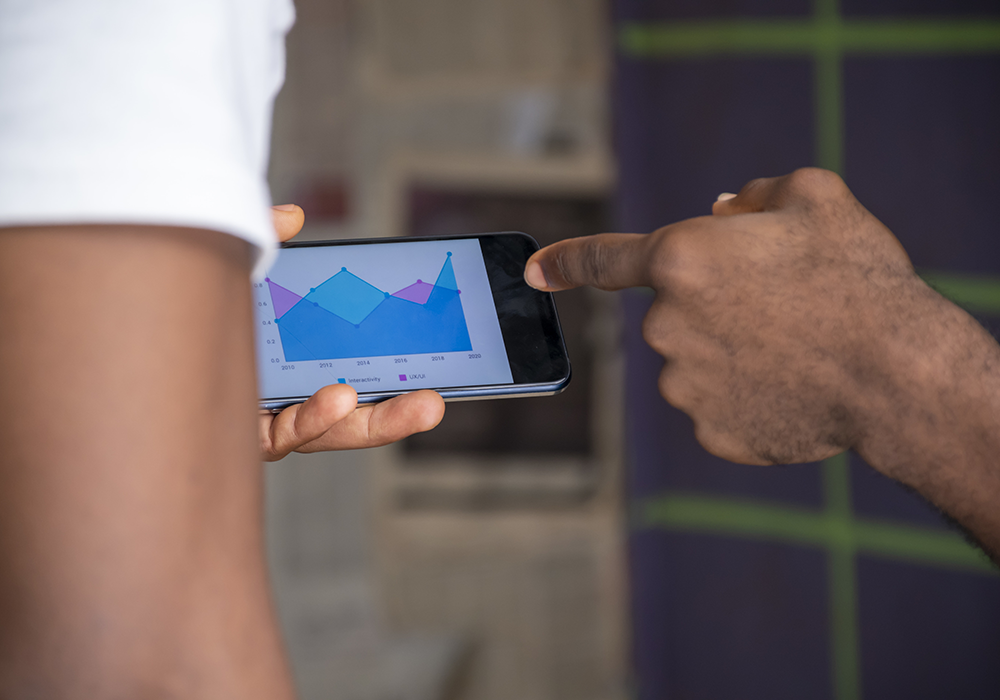
How do I know which parts of my mobile experience need work?
Analytics reveals drop-off points in key funnels to highlight areas losing users. Surveys also give direct input on pain points. Plotting the user journey then shows apps.
What quick wins can rapidly improve my mobile conversion rate?
Enabling guest checkout and one-click payments gives an instant boost—review forms for unnecessary fields. Also, ensure product images are high resolution with zooming.
How do I make mobile personalization effective but still privacy-conscious?
Transparency is critical – notify when preferences are tracked and give easy opt-outs. Anonymize behavioral data used. It also enables guests to shop unrecognized.
In Conclusion…
Getting the mobile experience right is challenging but pays enormous dividends today. Carefully evaluating your analytics to identify key conversion barriers is the first step. Testing improvements with mobile-first design and personalization lift outcomes over time – so keep optimizing!
With the strategies outlined here for simplifying buying, establishing trust, and tracking data, you have a blueprint for unlocking higher mobile conversion rates.
Disclaimer: This content is provided for general informational purposes only and does not constitute business, financial, tax, or legal advice. Specific concerns should be addressed with a qualified professional.

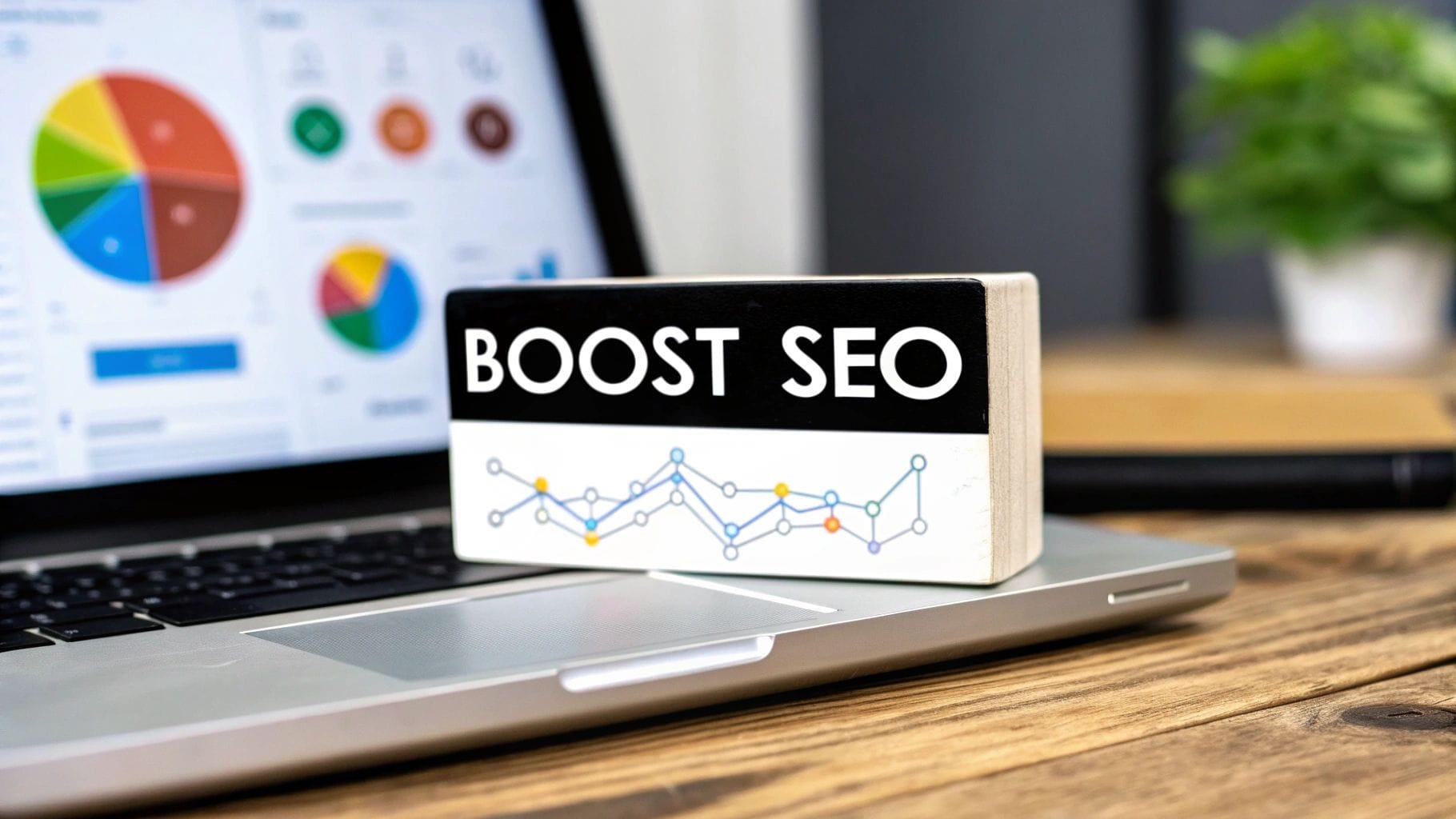


Leave a Reply